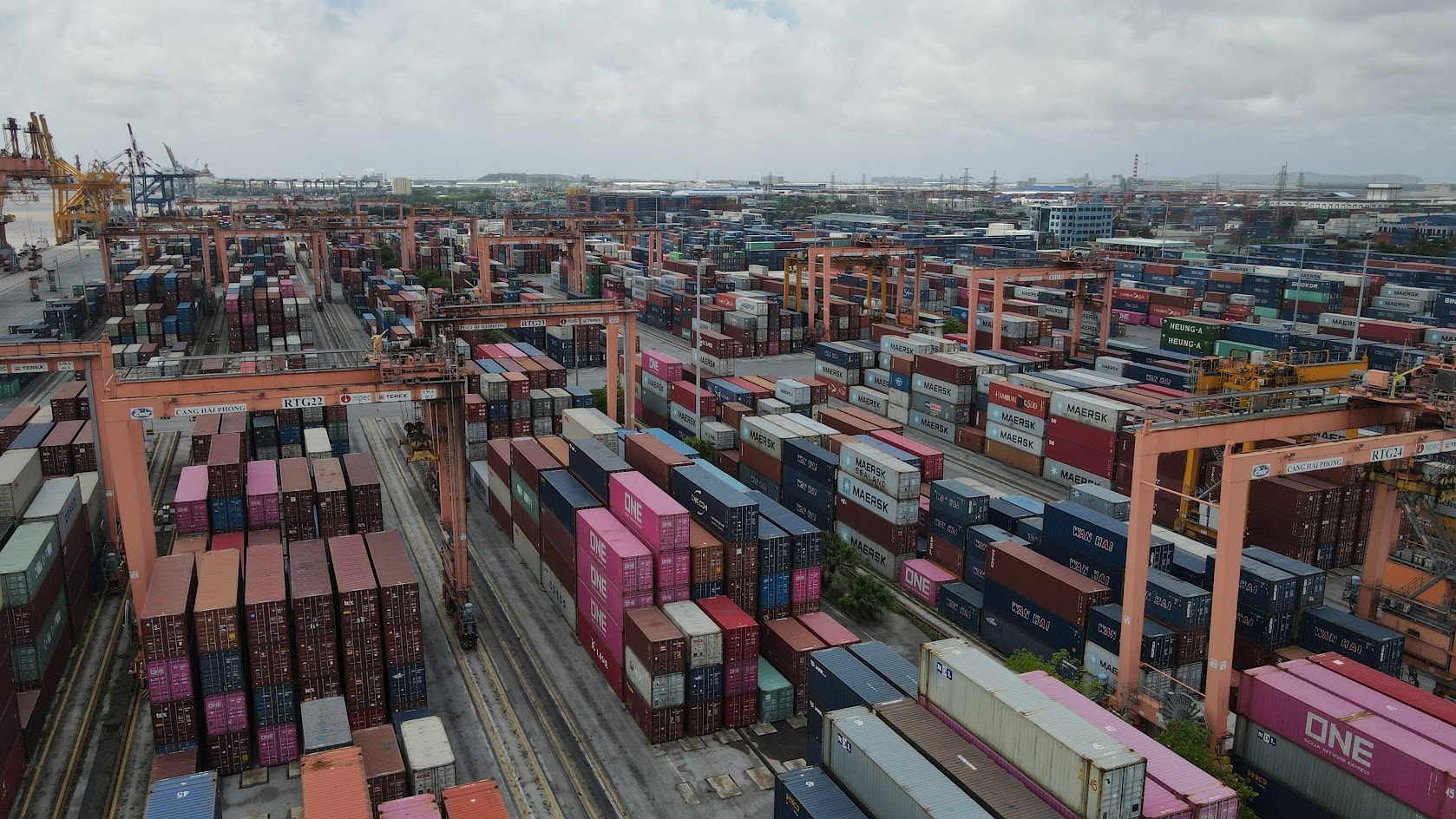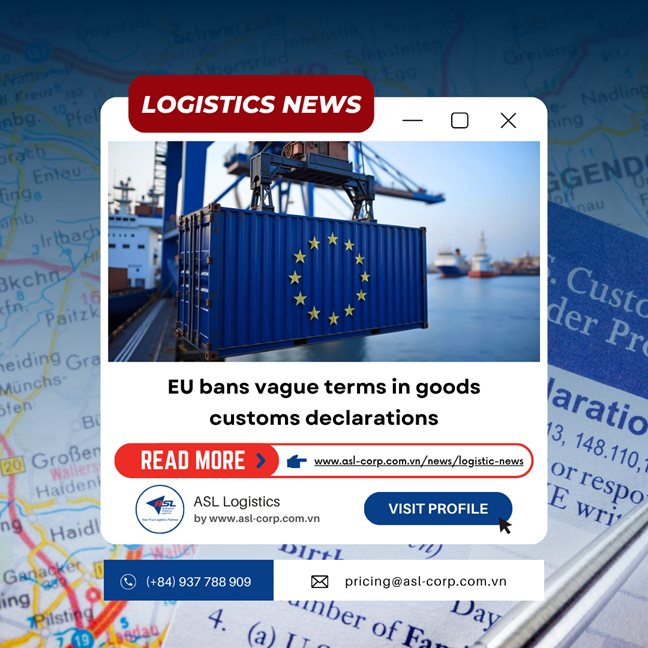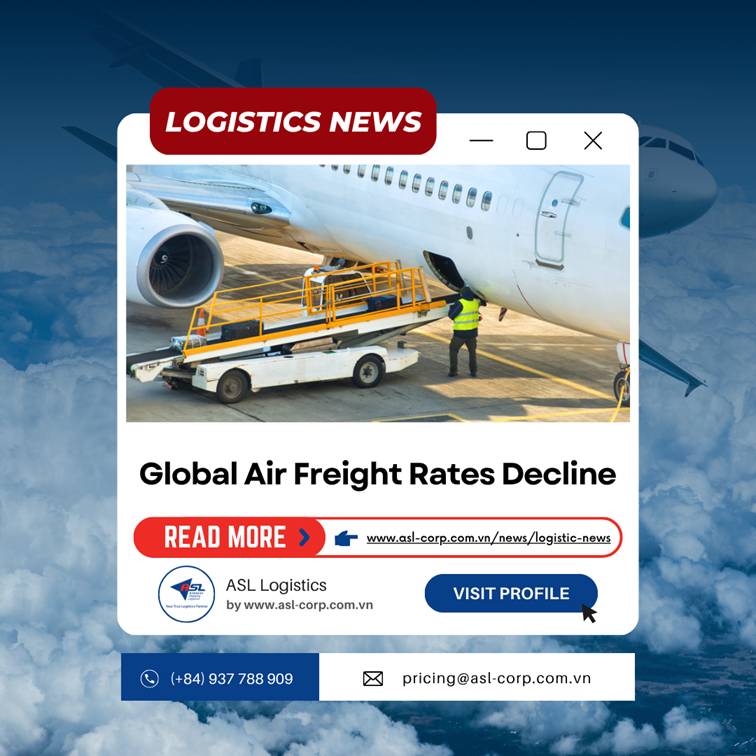Logistic News
DEVELOPING LOGISTICS HUBS: UNBLOCKING THE FLOW IN THE SUPPLY CHAIN
31 May 2025
The logistics industry has recorded rapid and strong growth, with an annual growth rate of 13–15%. According to experts, a logistics model that consolidates all activities—ranging from transportation to domestic and international distribution—at a single location is a solution that helps reduce costs and facilitates import-export operations amid today’s intense market competition.
Optimizing the Flow of Goods
Logistics hubs play a key role in optimizing the flow of goods, finances, and information, thereby enhancing overall economic efficiency. As early as 2015, logistics was classified as a conditional business sector and has since benefited from various incentives under the law.

Developing Logistics Hubs to Facilitate Exports and Enhance Competitiveness
With logistics identified as a strategic factor to improve national competitiveness, Ms. Trương Thị Mùi, Deputy General Director of Bac Giang International Logistics Co., Ltd., stated that logistics hubs are meeting the expectations of businesses, partners, and customers. However, she emphasized that beyond spatial planning, there is a critical need to define the specific functions of each hub to avoid overlaps and to maximize advantages in terms of location and regional focus, serving different customer segments effectively.
“The strategic direction of enterprises must involve diversified solutions. From there, we can offer the market not just logistics services but also a comprehensive vision that connects all demand points, ultimately generating shared value for both the market and businesses,” Ms. Mùi said.
Commenting on the role of logistics hubs, Mr. Hoàng Đình Kiên, CEO of Hòa Phát Logistics JSC, stressed the need for hubs to have strategic locations and roles that can lead the market and proactively fulfill their functions.
“In reality, businesses have long been waiting for the formation of logistics hubs. Given the fluctuations in global trade, companies expect hubs of adequate scale and strategic positioning that can take on a more effective regulatory role in the market. A logistics hub should act as a vital connector that efficiently regulates the flow of goods, offering the best possible services to customers,” Mr. Kiên noted.
The Answer Lies in Synchronized Development
According to Ms. Đặng Hồng Nhung from the Import-Export Department of the Ministry of Industry and Trade, over the past decade, the number of logistics hubs in Vietnam has increased tenfold. The size and geographic distribution of these hubs have been expanding significantly, with a notable shift from traditional logistics centers to modern hubs incorporating Industry 4.0 technologies. However, she acknowledged that challenges still remain in attracting investment and developing a comprehensive logistics center network. There is also a lack of detailed policies and regulatory frameworks for managing and supporting logistics center development.
“Although there are already strategic directions for logistics hub development, there are still no clear definitions or classifications of what constitutes a logistics hub, nor established criteria for evaluation,” Ms. Nhung stated. She emphasized that this is a pressing issue that regulatory bodies need to resolve to enable faster and more robust development of Vietnam’s logistics infrastructure. Especially now, logistics hubs play a crucial role in optimizing flows of goods, finance, and information.
“Logistics hubs are considered effective models for connecting and distributing goods, serving as bridges between economic sectors, localities, and regions. Logistics is like the bloodstream of the national economy—connecting, supporting, and promoting economic activities. To fulfill the mission of logistics hub development, one key solution is to build a synchronized national system as part of an integrated logistics infrastructure network,” Ms. Nhung stressed.
She also revealed that the Ministry of Industry and Trade is finalizing Vietnam’s Logistics Services Development Strategy for the 2025–2035 period, with a vision toward 2050. The ministry is also working on a dedicated regulatory mechanism for logistics hubs, which will include criteria, classifications, definitions, and specific incentives to guide localities in attracting investment.
Experts agree that once a well-integrated transportation network is in place, logistics hubs will play a vital role in performing functions from basic to advanced—such as warehousing, cargo handling, and goods classification—ultimately increasing added value.
The logistics community is optimistic that Vietnam will soon establish a comprehensive logistics ecosystem in which hubs have clearly defined roles, avoiding functional overlaps and forming a seamless network stretching from border gates and seaports to production and consumption zones. To achieve this, beyond the efforts of regulatory bodies and local authorities, logistics hubs must proactively restructure, accelerate digital and green transformation, and meet the rising demands of international partners and markets.
Source: Bao Dai Doan Ket

Head Office
ASL Hồ Chí Minh
Số 31/34A Ung Văn Khiêm, Phường Thạnh Mỹ Tây, TP. Hồ Chí Minh, Việt Nam
 Công Ty Cổ Phần Giao Nhận Vận Tải Mỹ Á
Công Ty Cổ Phần Giao Nhận Vận Tải Mỹ Á
 (+84)28 3512 9759
(+84)28 3512 9759
 (+84)28 3512 9758
(+84)28 3512 9758
 pricing@asl-corp.com.vn
pricing@asl-corp.com.vn
 mdirector@asl-corp.com.vn
mdirector@asl-corp.com.vn
 www.asl-corp.com.vn
www.asl-corp.com.vn
LOGISTICS SERVICES











.png)
.png)

.png)




